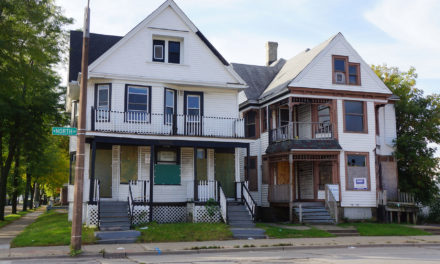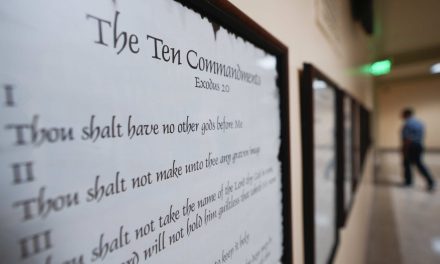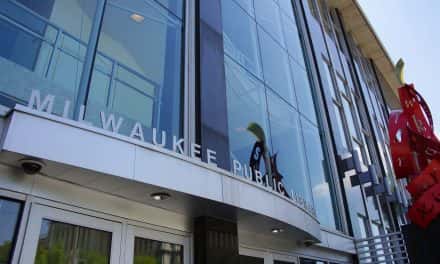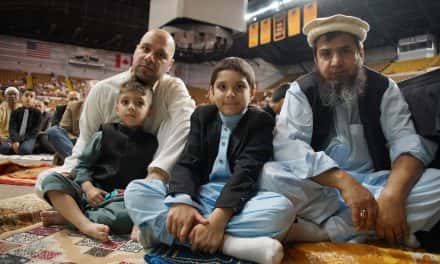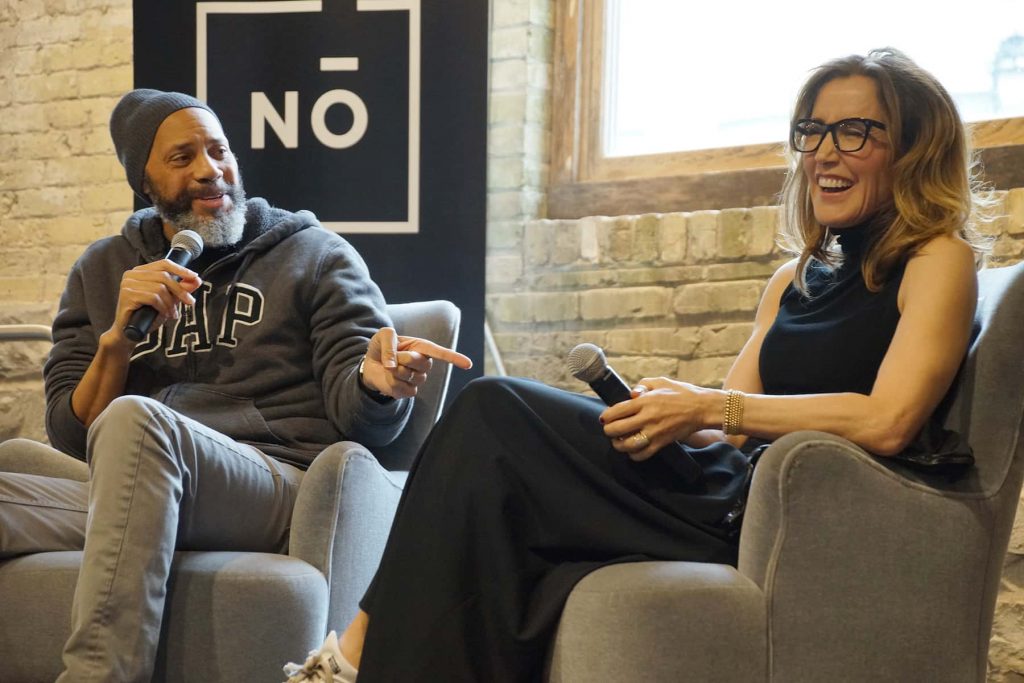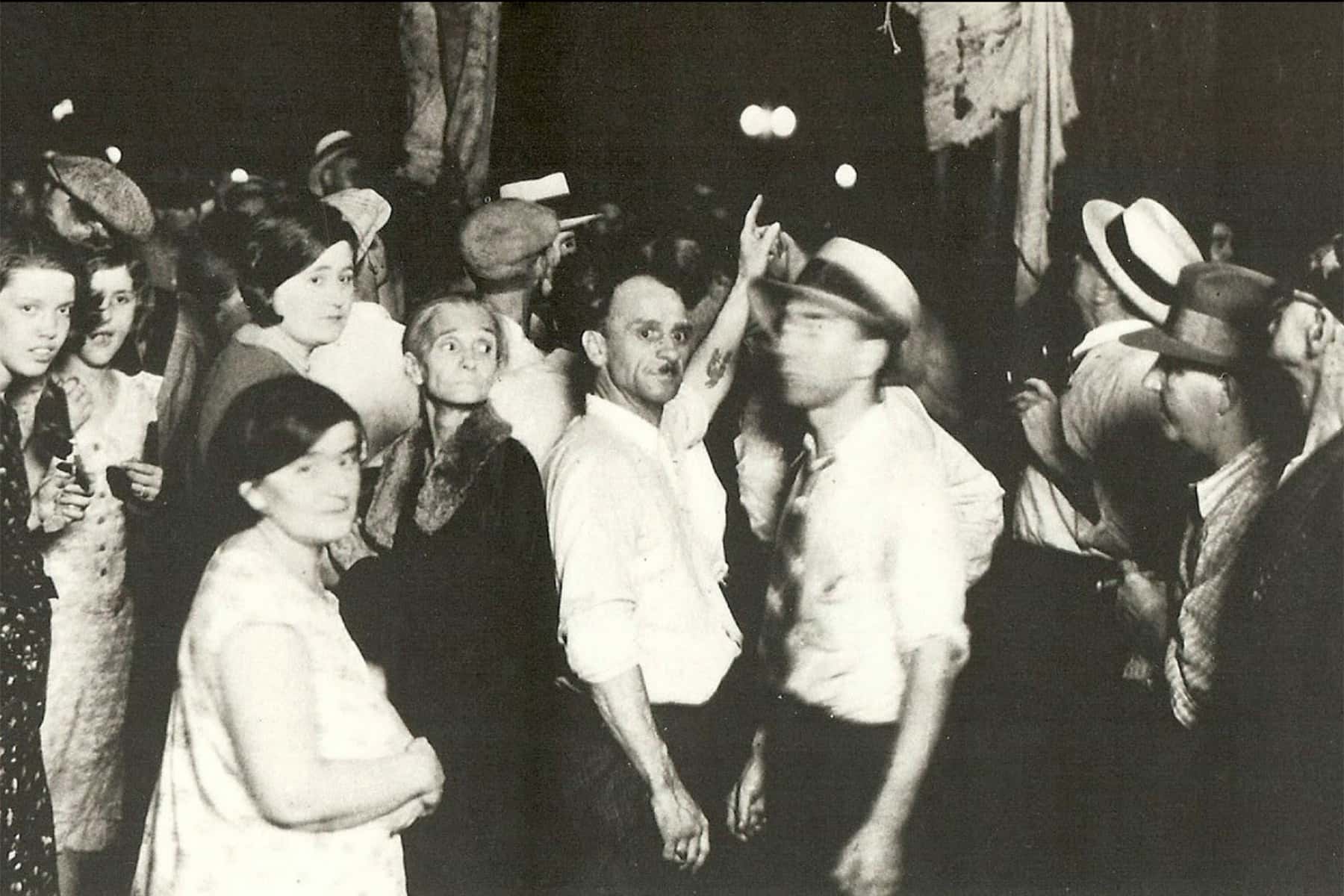
SILENCE.
More than 10,000 spectators crowded around a tree on a hot summer night in Indiana, 1930. Some smile, a few stare blankly into the camera, while countless others marvel with silent and sadistic awe at the sight of two Black men hanging by a rope. The line between witness and perpetrator blurred, but the depravity remains in sharp focus. The silence haunts.
Those in the photograph are tintype evidence of crimes committed nearly one hundred years ago in the name of justice and white supremacy. Their faces unfamiliar, but the setting, pace, and rhythm of the atrocities on that night fast becoming recognizable once more. The grainy image, outdated fashion, and the blood stained clothes serve as reminders of an America thought long gone. The snapshot giving a tenuous timestamp of comfort that this moment only represents the darkest moments of this country’s history and not where it stands today.
Thousands of people, two dead men, and a camera
With the single click of a shutter, a photograph is printed, distributed, documented, and now downloaded into our conscience for posterity and our own humanity’s sake. One hundred years later; more cameras, clicks and complacency reminiscent of dark days thought long gone. News crews linger as shoppers at a Kroger in Kentucky resume their day after two African-Americans are assassinated in the parking lot.
Thoughts and prayers across the airwaves after 11 congregants are massacred in a Pittsburgh synagogue. Wisconsites scroll through their Facebook feed, past dozens of smiling Baraboo teens with their right arms raised in a passionate “Sieg Heil” salute to Nazism. Parents zip-tied, families separated, kids in cages, and mobs of white nationalists assault protesters in the Big Apple. Americans hover, click, share, and express dismay, and still many stand silently in the crowd.
The atrocities may change, but many in America are increasingly accepting of the consistent response of silence. As they join others gathering across our country to witness this, silence has become the only reliable constant.
America 2018 parallels Indiana in the summer of 1930
Not led this time by a Grant County lynch mob, but by pundits and propagandists who sow division through the repetition of fearful victimization and the falsely unifying siren call of nationalism. Crowds gather online, instead of in a field. Heeding the words now from the merchants of hate proudly donning suits, ties, polo shirts, or blood red MAGA hats, instead of the safe anonymity once found under a white hood.
Silence in Indiana, silence in America, both serving as a ringing endorsement of those responsible for the atrocity that swings above their head. The silent could be U.S. Senators or local soccer moms, Congressmen or co-workers, Republicans or Democrats. The silent could be you. And while intentions vary, it is the uniform silence that fuels the hate.
Nearly one hundred years ago a crowd of thousands gathered and watched as two Black men were lynched. One photograph was taken. The people in the crowd looked away, they smiled, and one calmly pointed at the barbarism of our nation. Their faces and inaction are as indelibly documented in American history as the crime itself. Forever documented by nothing more than the single click of a camera’s shutter.
America has now pulled back into its darkest days and the silence of many Americans has formed a welcome crease. A crease that conveys to the purveyors of past, present, and future atrocities that you’ve accepted their invitation. As those silent Americans enter the crowd no pleasantries will be exchanged, just an approving nod and a cold embrace that confirms that you are now one of them.
Once among the crowd you’ll stand shoulder to shoulder with millions of other Americans, around a tree, on a hot summer night in America.
The silence only being broken by the click of a camera’s shutter.
© Photo
Courtesy of America’s Black Holocaust Museum

